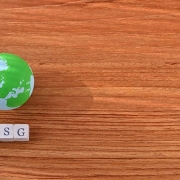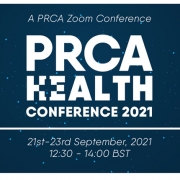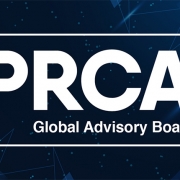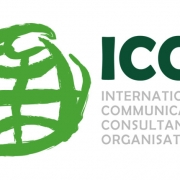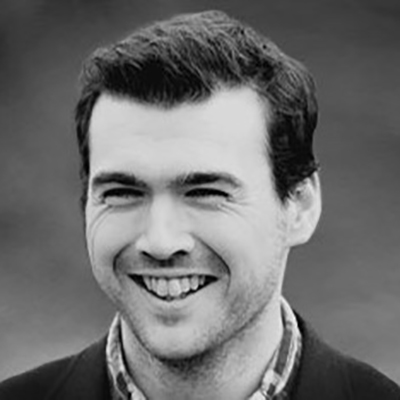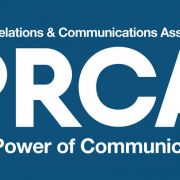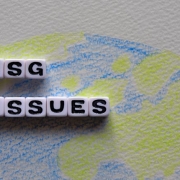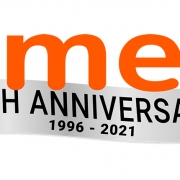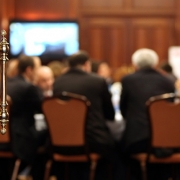6 reasons why ESG is something comms should care about
This is a guest post from The Media Foundry’s associate director Kat Jackson.
We work in a sector where buzzwords and acronyms fly around like crazy. Some of us have the distinction of having come up with the terms. So, PR professionals can be forgiven for looking at the latest acronym being bandied about with a cynical eyebrow raise.
But ESG is not like that.
It is here to stay, and here are six reasons why comms should care.
1. ESG is influencing the top table
Environmental & Social Governance is getting a lot of traction from the investment market. That doesn’t mean it will just stay contained there. In a nutshell, it means that increasing numbers of investors want companies to be scrutinised for their green and socially conscious credentials. One of the biggest names in the space, BlackRock, even issued a stark message to investors at the start of the year including phrases like ‘a tectonic shift is coming’ and ‘climate risk is investment risk’, under the banner of the pandemic triggering such a ‘stark reminder’ of human fragility that it will force us to confront climate change. They are backing it up, ensuring their clients invest in businesses with proven environmental action.
2. Its already impacting your clients. And you, even if you don’t know it
The biggest businesses in the world are being forced by the markets to have a good look at their green processes and initiatives. This involves a root-and-branch review of their organisations, their sustainability and social policies. They are then rated on a changing set of criteria (depending on who is doing the rating – there is no standardised criteria at the moment). Most critically, they also need to conduct this review of their suppliers. This is already evident in physical supply chains for goods, but it will soon apply to service industries as good ESG standing becomes less ‘nice-to-have’ and more fundamental. Sooner or later, it will become something agencies are asked for on appointment.
3. This goes deeper than CSR
This is not greenwashing. It’s not brand purpose. It’s also not community outreach. This is a rigorous assessment of a business’ impact on its social communities and environment. It’s early days for ESG, and as we’ve seen, set universal criteria are not yet set. But this is more than paying lip service to an entity’s carbon footprint. This is an extra set of criteria by which the markets will assess the success of a business, beyond its balance sheet. It’s also currently where the money is – and money talks. Investments into businesses with proven sustainable credentials are booming. According to one study by the University of Oxford, also found that businesses focusing on ESG areas were operationally more effective.
4. ESG as a USP (for now)
Clearly, this is a major focus for financial and corporate PR. But there is an opportunity sitting there waiting, for many businesses, before everyone jumps on the bandwagon. Getting ahead of ESG assessments, taking a deep dive look at green and ethical policies within a business, and pulling away from the pack before it becomes widespread will help frontrunners to stand out. The shocking findings from the IPCC report earlier this month with dire predictions about climate change shook a lot of people, but action is hard to quantify at a personal level. If companies can show they are already taking steps to help customers to make a difference, they will grow as a result.
5. ESG will seep down to the SME
It’s just a matter of time. This means focusing on PR’s own business operations and getting ahead of the curve so we can advise clients in turn. It also means small businesses will need to get organised themselves, especially if they trade with much larger entities. Expect the RFP process to get greener. Start asking the questions to clients now about their plans.
6. It’s the right thing to do
Climate change complacency has led to 20 years of little tangible progress. Finger pointing is everywhere. If the biggest countries in the world and huge businesses aren’t doing anything about their emissions, what difference can I make? This argument isn’t going to stand much longer. Think of it as reverse incremental gains. If everyone commits to making small changes, habits form, processes change over time, and together the effect can move the needle in the right direction. Companies who start now will set a direction for people power. Most do want to make a difference, it just feels too large and overwhelming. Companies that assist that process are already winning business. Those who ignore the issue will slip behind.

